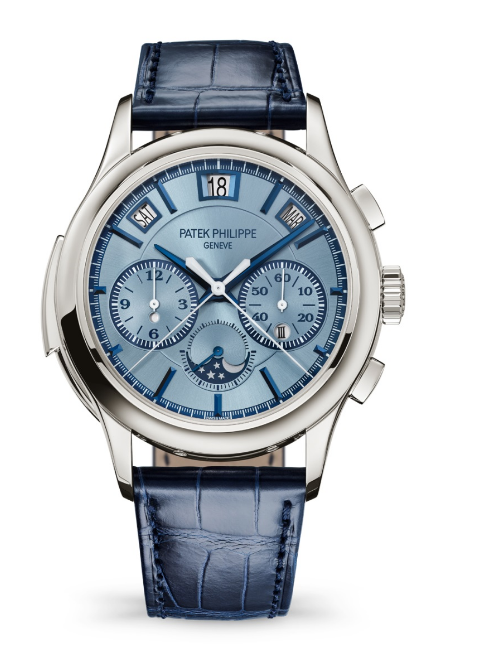 |
|
Audemars Piguet RD#5: A watch deeply connected to its user
The Audemars Piguet RD#5 foreshadows the brand's future technological direction. The keyword for this new creation is ergonomics. It's a welcome shift, a renewed focus on the end user, with mechanical solutions inspired by... smartphones.
Some assumptions seem so deeply ingrained in history that we no longer question them. One is that a watch is a technological product with its own specific requirements: its weight, its precision, its ergonomics, its instruction manual. In short, it's either take it or leave it, because, for now, there's nothing watchmakers can do about it.
This is, of course, wrong. A watch exists to serve its userjust like a car, a wallet, a sofa, or a smartphone. A watch is not sacred or mysterious. Anything that prevents its owner from using it correctly should be questionednot considered a taboo or a restriction.
This is precisely the challenge faced by the Audemars Piguet RD#5. Released as part of the brand's 150th anniversary celebrations, it's limited to just 150 pieces. However, this isn't a purely theoretical research project; it offers a real solution that can be industrialized.
A key feature of the RD#5 is the feel of its pushers. The goal wasn't to solve the problem (the current pushers work perfectly!), but rather to explore whether optimization could be achieved based on two factors: reducing the pusher travel (measured in millimeters) and lowering the pressure (measured in kilograms) required to activate the relevant function.
A typical pressure is 1.5 kilograms for a travel of 1 millimeter. The question isn't whether this pressure is high or low, but whether these values can be reduced to levels closer to those of smartphone buttonswhich we interact with far more frequently than chronograph buttons.
Audemars Piguet's answer is yes. And for good reasonchronographs from the 1950s and 1960s already had a softer feel than the chronographs we know today. Therefore, it was time to revisit this concept and take it a step further.
For the RD#5 chronograph, AP opted for a column wheel, "which helps reduce idle travel," rather than a shuttle, which is easier to industrialize but more difficult to press and has a longer idle travel," explains Giulio Papi, Director of Watchmaking Research and Development. For the chronograph's zero-reset function, AP replaced the hammer with a rack and the arbors with pinionsa process that improves energy efficiency sevenfold.
The RD#5's ergonomic refinements extend beyond the pushers. The watch's design also allows it to fit into a 39mm casea size that not only matches the historical dimensions of the original Royal Oak Jumbo (1972) but also one favored by collectors.
It also offers a three-day power reserve, another comfort feature for a "weekend wear" watch. Furthermore, it is crafted from a combination of titanium and BMG (bulk metallic glass). Discovered in the 1960s, BMG exhibits properties similar to glass, such as solidity and amorphousness, upon rapid cooling. Audemars Piguet's BMG, composed of over 50% palladium, is extremely wear- and corrosion-resistant, with a brilliantly reflective finish. The material debuted in the Royal Oak "Jumbo" ultra-thin Only Watch in 2021 and officially joined the Audemars Piguet collection in 2023.
The back of the watch, thanks to a peripheral rotor, allows for a clear view of the movement"a feature we hadn't seen at Audemars Piguet until about ten years ago," says Giulio Papi. Sadly, the only brand to systematically utilize this technology (Bucherer) has since closed downand no one has truly inherited it... until now?

Royal Oak Audemars Piguet replica
patek philippe Complications replica watches
https://www.reviewluxurystore.com
Perfect replica watch reviews
replica swiss watch
high quality watches replica
_________________
replica Zenith Defy zero g
replica Jacob and Co. Bugatti Chiron
best replica watches
replica luxury watches
replica watches for sale

|
|
 Board Statistics Board Statistics
The forum has 1200
topics
and
1217
posts.
|

 reply
reply Visitors
Visitors
